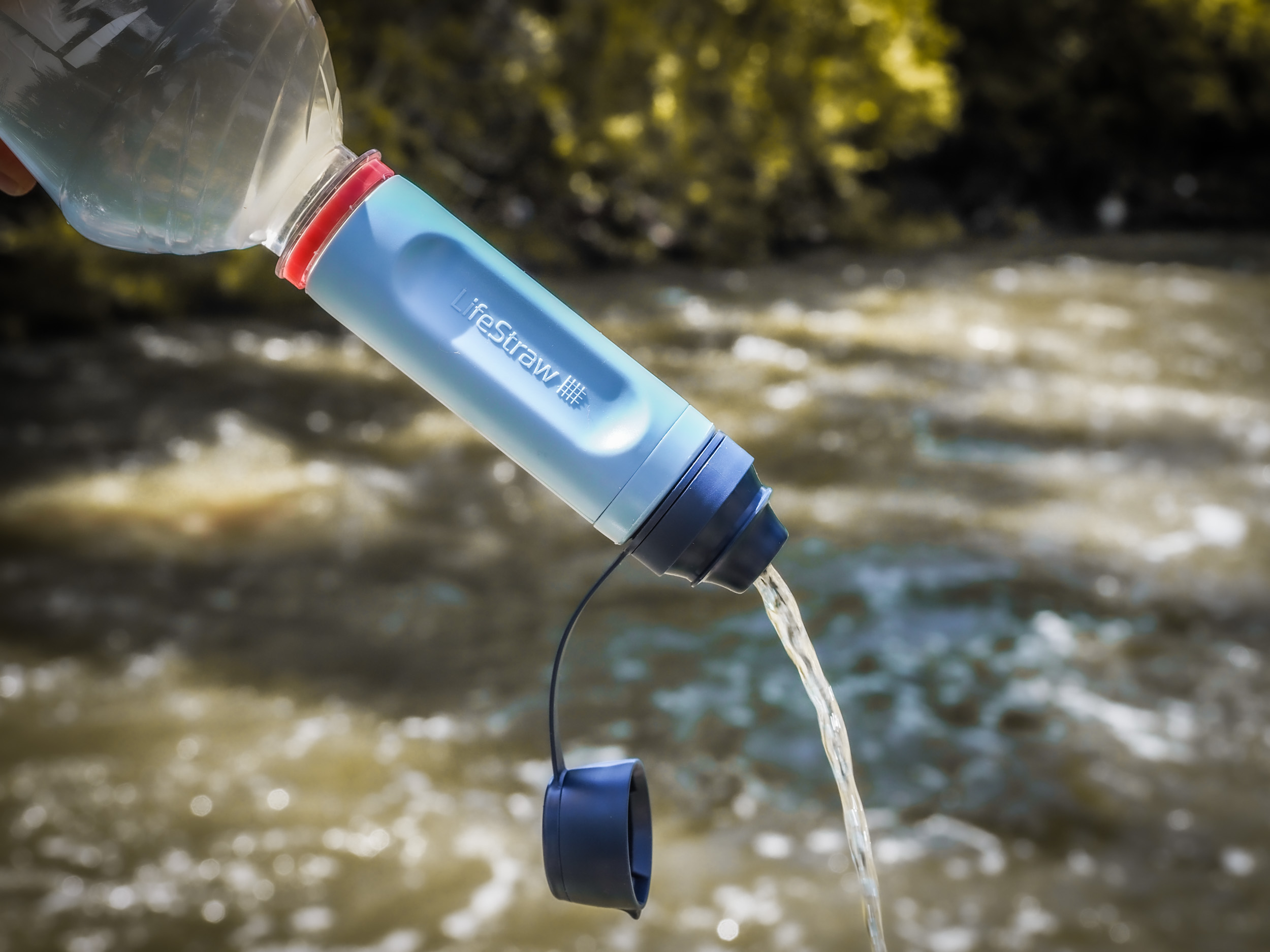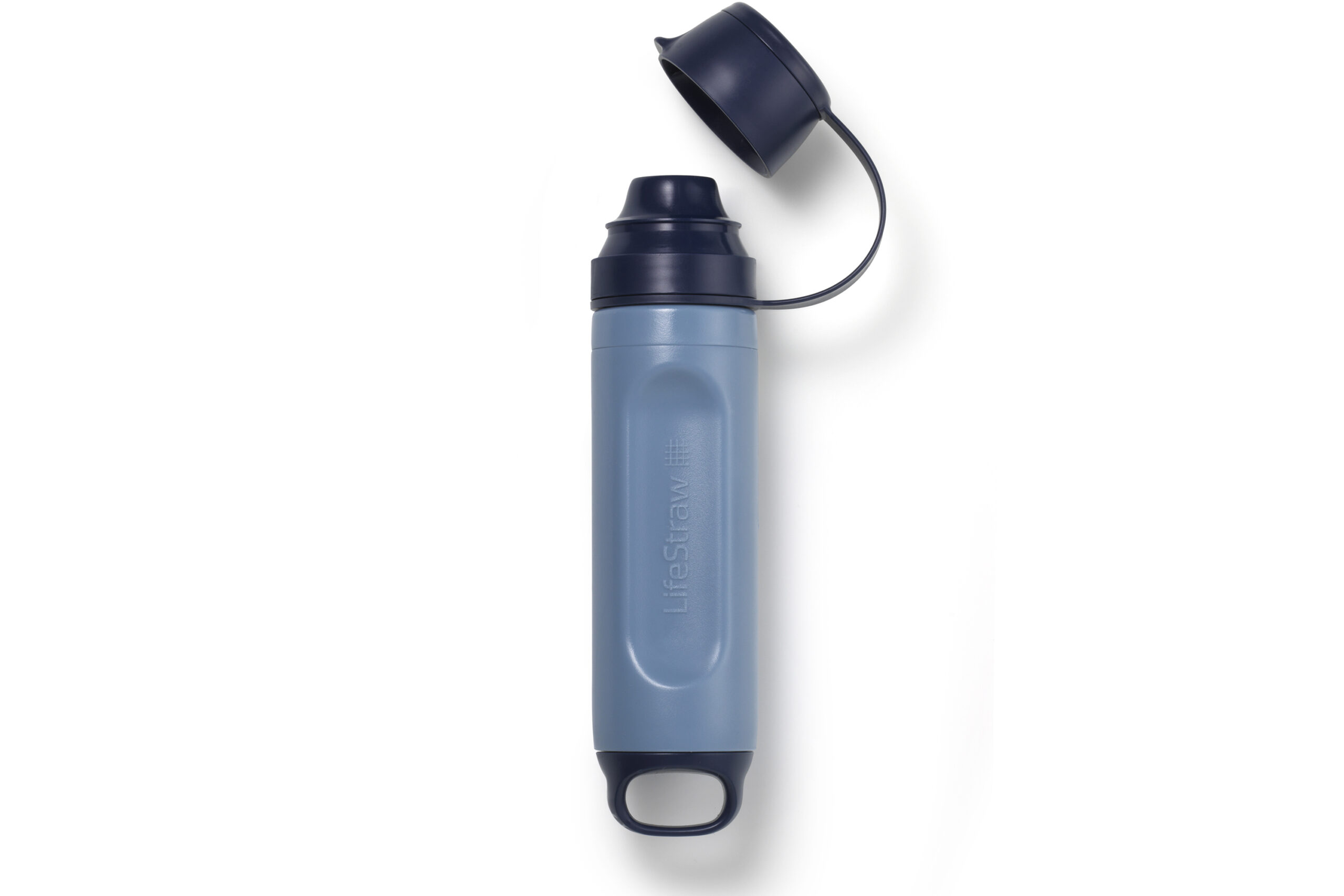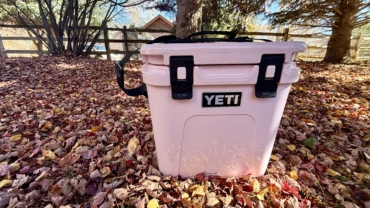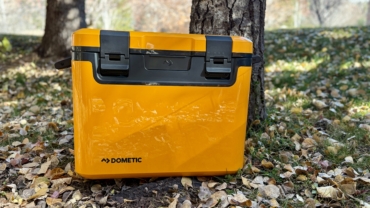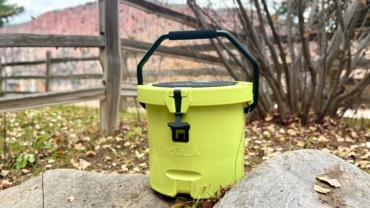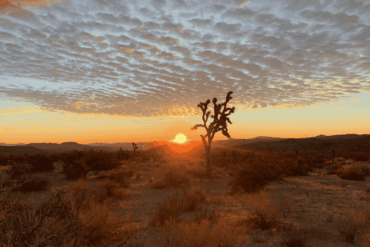If you follow outdoor gear at all, you know what a LifeStraw is. And I don’t mean the brand, which now has a broad selection of water filters on tap.
No, I mean the straw-shaped device you often see in photos with people lying on their stomachs, drinking through them as if the flowing waters were a giant shared milkshake. Yeah, you’ve seen a LifeStraw.
Next week, the brand launches its newest, smallest version of the ubiquitous tool. I got my hands on an early release to check it out.

In short: The LifeStraw Peak Solo ($30) is a handy, light water filter that attaches to standard water bottle threads (28 mm), such as those found on soda and disposable water bottles. It works great as a personal water filter and will be a perfect backup filter for hikers, hunters, or anyone who may need fresh water in a pinch. While fast and effective, it’s not a great choice for base camp or larger groups.
- Pore size: 0.2 microns
- Removes: Bacteria, parasites, microplastics
- Filters up to: 2,000 L/500 gal.
- Backwash: Syringe included
- Size: 5.1×1.3"
- Verified weight: 1.7 oz.
Pros
- Simple
- Small, light
- Good flow rate (better than previous LifeStraw)
Cons
- Hard to use without a disposable water bottle
- Best used with two water bottles (one dirty water, one clean)
LifeStraw Peak Solo Water Filter: A Tiny Squeeze Bottle Solution
Let’s get down to brass tacks. The Peak Solo Water Filter is affordable and small. How small? Half the size of the current Peak Series Straw, also smaller than the original LifeStraw as well.
Weighing just 1.7 ounces, this little filter will clean up to 2,000 L of water, according to the brand. That is a whole lot of water, and rather impressive. In our experience, most people don’t get quite the claimed possible mileage from filters, but it’s still competitive with the market.
Once launched next week, it will be the smallest/lightest squeeze water filter on the market (compared to a Sawyer Squeeze system at 2.6 ounces).

While you can lie down and drink straight from any water source with this filter, its best use is through attachment to a plastic disposable bottle.
To do so, fill the water bottle and screw the Peak Solo onto the threads. Then just drink right from the filter, or filter the water into a vessel. It’s easy-peasy and relatively hard to screw up.
That said, there are some tips for doing this right. First, the type of water bottle you use does matter a little. Light bottles, a liter or larger, are a good bet. Those without any ridges or texture also tend to be easier to refill — like Smart bottles. And you’ll likely not be able to get all the water out of the bottle through squeezing, so be aware that a little larger size will give you more efficiency and fewer fill-ups.
That said, for expedience, I grabbed a soda bottle from our office and headed out to Cherry Creek in Denver for a Peak Solo water filter test.
LifeStraw Peak Solo: Who Should Buy It?

Kneeling by the urban Cherry Creek, I was reminded exactly why people need water filters. Dingy and fast-flowing, it was nevertheless cold and probably would cause similar gastrointestinal illnesses as water from many pristine lakes or streams. Giardia, it seems, doesn’t mind a nice view.
I filled up a bottle that in its former life housed Dr Pepper, and screwed on the top. With a quick squeeze, a nice stream of clear water squirted from the nozzle.
LifeStraw mentioned to us that while the filter is half the size and smaller, the membrane inside is packed less densely, hopefully offering a better and faster flow rate — the brand claims 3L/minute.
The LifeStraw Peak Series Solo water filter removes contaminants down to 0.2 microns — pretty standard for membrane filters on the market. That includes 99.999999% of bacteria, 99.999% of parasites, and 99.999% of microplastics.
This filter does not filter viruses, which are unlikely to be found in rural surface water in North America. Those traveling abroad should use a purifier, which also removes viruses.

LifeStraw Peak Solo: Conclusion
So, who should buy the Peak Solo water filter? At $30, it’s a little more expensive than the LifeStraw Peak Water Filter Straw ($25), but functions in a very similar fashion. Pros: it’s half the size (but also, half the lifespan). It’s really too short to drink directly from a stream, so you do need a bottle or soft flask to use it well. But with that in mind, it’s a very light and small filter if you have a bottle anyway.
As a backup or personal water filter, it should work great for many hikers or others who spend time in the backcountry. And of course, it’s smaller and lighter than LifeStraw’s current lineup, for those who are worried about shaving as much weight as possible on trail.
The LifeStraw Peak Solo launches online for purchase on June 20, 2023.
